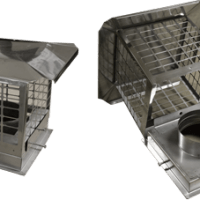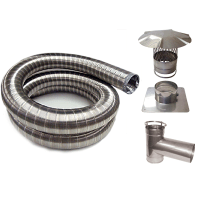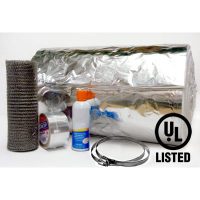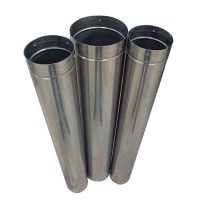As we move forward into the future one thing is becoming obvious. Stainless steel Class A Chimney Systems are becoming a cost effective alternative to costly masonry chimneys. Why are Class A Chimney Systems so popular? Is it hard for a handy do-it-yourselfer to install a Class A Chimney System? In this article we will discuss these questions.
Why are Class A Chimney Systems so popular?
One of the most important reasons why Class A Chimney Systems are so popular is because of the price and the amount of time it takes to install them. They are relatively quick to install compared to building a masonry chimney, which isn’t always something the average homeowner could handle. Factoring in labor and materials, a masonry chimney can be very costly to install.
Is it hard for a handy do-it-yourselfer to install a Class A Chimney System?
A simple answer is no. Class A Chimney Systems come with installation instructions. There is also a wealth of information available on the internet which can aid you in the installation of a Class A Chimney System. Chimney Liner Depot also can help you along the way as you install your stainless chimney system. If you have a drill, level and reciprocating saw and feel comfortable using these tools, installing a Class A Chimney is something you can install yourself.





